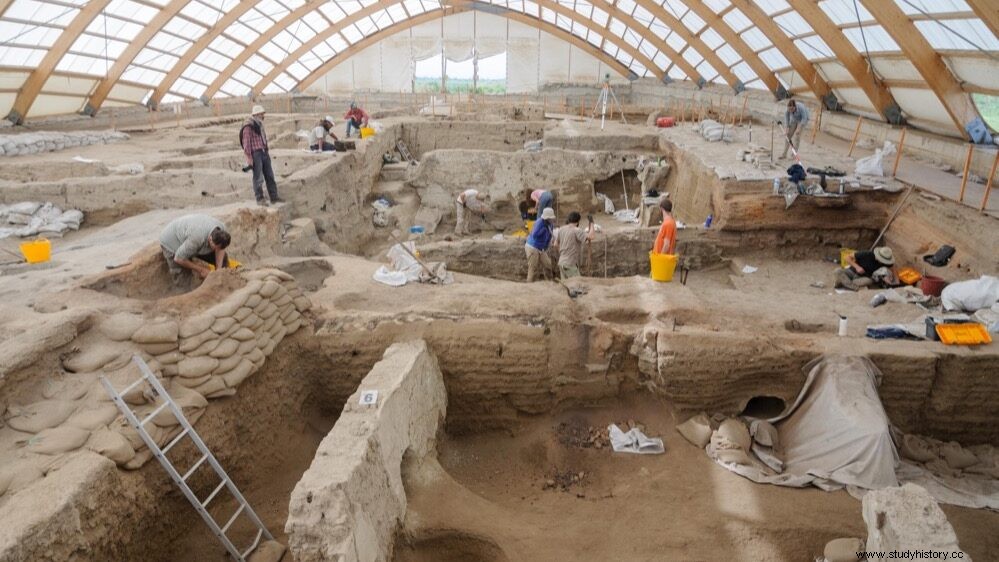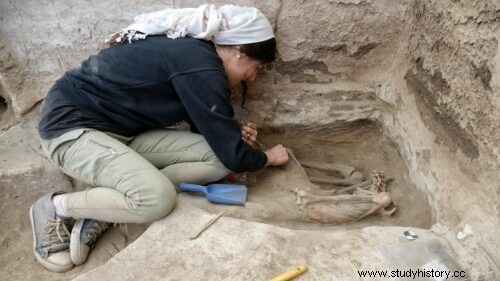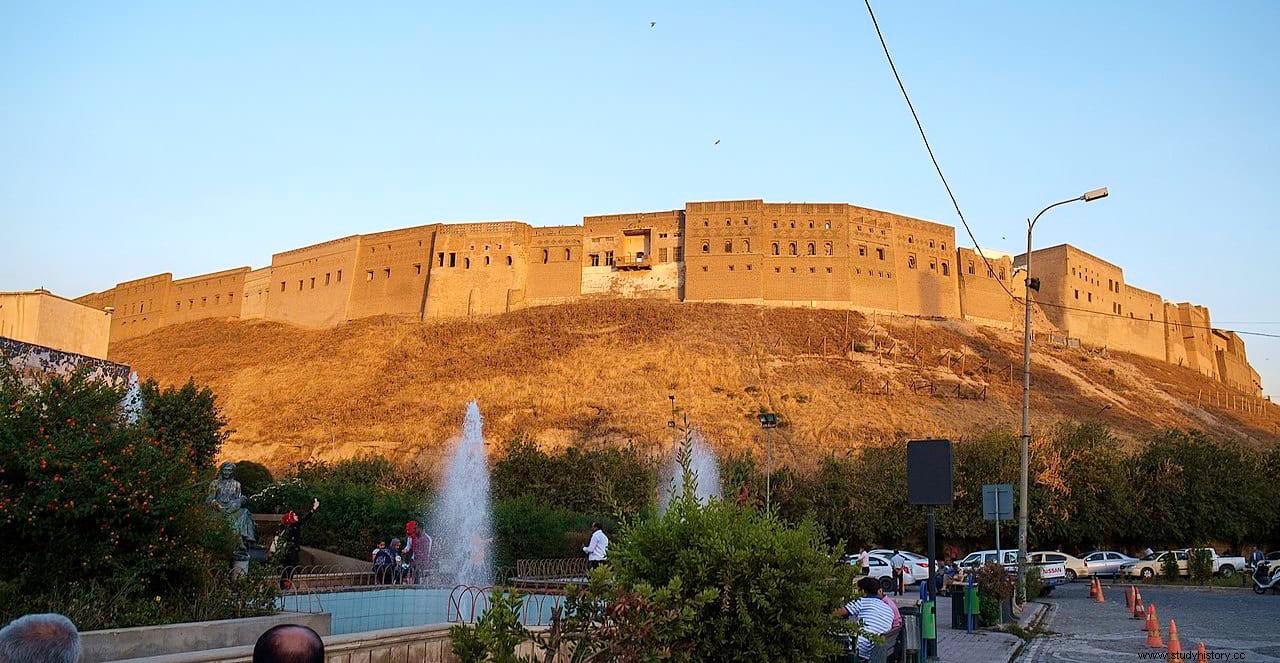Some 9,000 years ago, the inhabitants of Çatalhöyük, one of the world's first large farming communities, were among the first humans to experience some of the dangers of modern urban life.
Scientists studying the ruins of Çatalhöyük, in present-day Turkey, found that its inhabitants - between 3,500 and 8,000 people at its peak - suffered from overcrowding, infectious diseases, violence and environmental problems.
In an article published on June 17, 2019 in Proceedings of the National Academy of Sciences , an international team of bioarchaeologists details the new findings based on 25 years of study of human remains discovered in Çatalhöyük.

The results paint a picture of what it was like for humans to go from a nomadic hunting-and-gathering lifestyle to a more sedentary life built around farming, according to Clark Spencer Larsen, the study's lead author and a professor of anthropology at the University of Pennsylvania. Ohio State.
Çatalhöyük was one of the first proto-urban communities in the world and its residents experienced what happens when many people gather in a small area for a long time , Larsen said.
Çatalhöyük, in what is now south-central Turkey, was inhabited from about 7100 to 5950 BC. First excavated in 1958, the site occupies 13 hectares with almost 21 meters of deposits spanning 1,150 years of continuous occupation.
It began as a small settlement around 7100 BC, probably made up of a few adobe houses in what researchers call the Early period. It grew to its peak in the middle period from 6700 to 6500 BC, before the population declined rapidly in the late period. It was abandoned around 5950 BC

Agriculture has always been an important part of life in the community. The researchers analyzed chemical evidence in the bones and determined that the residents had a diet based on wheat, barley and rye, along with a variety of non-domesticated plants. The proteins came from sheep, goats and non-domesticated animals. Domestic cattle were introduced in the late period, with sheep being the most important animal in the diet.
The mostly grain-based diet caused some residents to soon develop tooth decay, one of the so-called diseases of civilization according to Larsen. The results showed that between 10 and 13 percent of adult teeth found at the site contained evidence of dental caries.
Changes over time in the shape of leg bone cross-sections demonstrated that community members in the late Çatalhöyük period walked significantly more than early residents. This suggests that both farming and herding were done further away from the community as time went on.
We believe that environmental degradation and climate change forced community members to leave the settlement to farm and find supplies such as firewood , says Larsen, that contributed to the ultimate demise of Çatalhöyük.

The new study's findings also suggest that residents suffered from a high rate of infection, likely due to overcrowding and poor hygiene. Up to a third of the remains from the early period show evidence of bone infections.
During its peak of population the houses were built without spaces between them, with access by stairs to the roofs of the houses. Excavations showed that the interior walls and floors were often plastered with clay. And while residents generally kept their floors free of debris, analysis of the homes' walls and floors showed traces of animal and human fecal matter.
The crowded conditions in Çatalhöyük may also have contributed to high levels of violence among residents, according to the researchers. In a sample of 93 skulls, more than a quarter - 25 individuals - showed evidence of healed fractures. And 12 of them had been victims more than once, with two to five injuries in a short period of time. The shape of the lesions suggests that they were caused by blows to the head from hard, round objects (clay balls, also found at the site).
More than half of the victims were women (13 women, 10 men). And most of the injuries were to the top or back of the head, suggesting that the victims were not facing their assailants when struck.
According to Larsen we found an increase in head injuries during the middle period, when the population was larger and denser .
Most of the people were buried in pits that had been dug into the ground of the houses, and the researchers believe that they were buried precisely under the houses in which they lived. That led to an unexpected finding:most members of the same household were not biologically related.
The researchers discovered this by finding that the teeth of individuals buried under the same house were not as similar as would be expected if they were relatives. People who are related show similar variations in the crowns of their teeth and we don't find it in people buried in the same houses Larsen said. For now, the relationships between these people remain a mystery.
